SAP Datasphere Powers Business at the Speed of Data
Rocket-Powered Data Science
MARCH 20, 2023
In fact, by putting a single label like AI on all the steps of a data-driven business process, we have effectively not only blurred the process, but we have also blurred the particular characteristics that make each step separately distinct, uniquely critical, and ultimately dependent on specialized, specific technologies at each step.

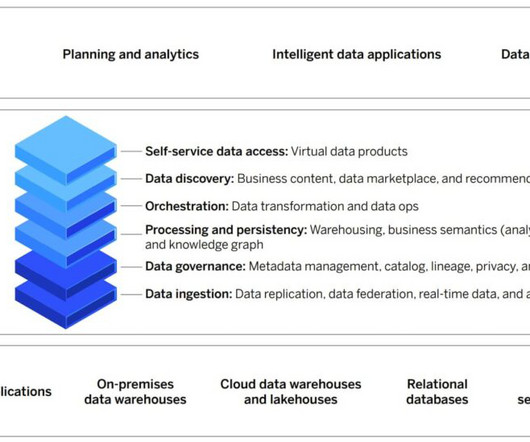



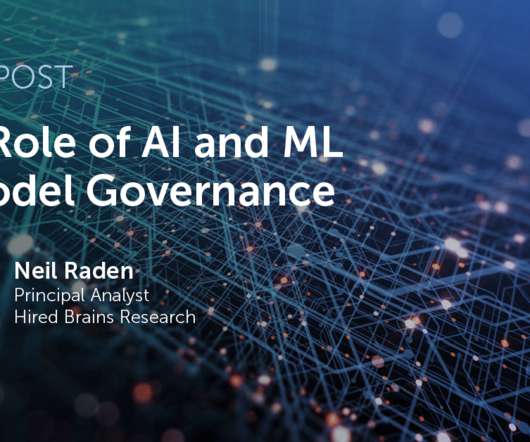

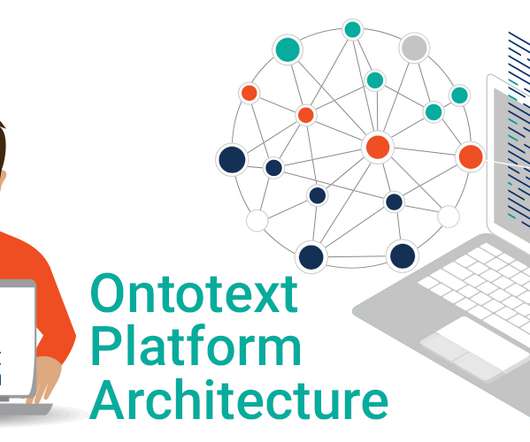







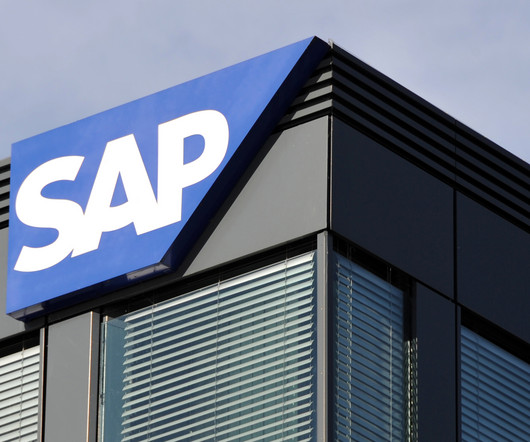

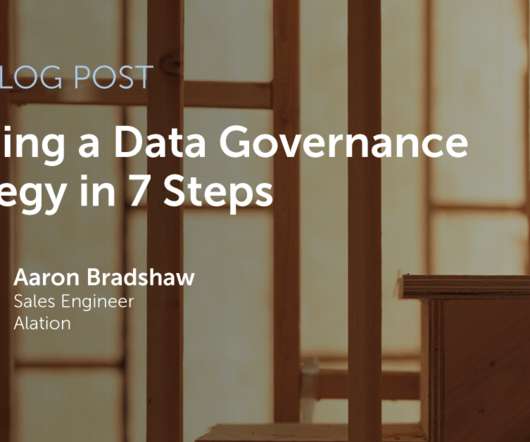










Let's personalize your content